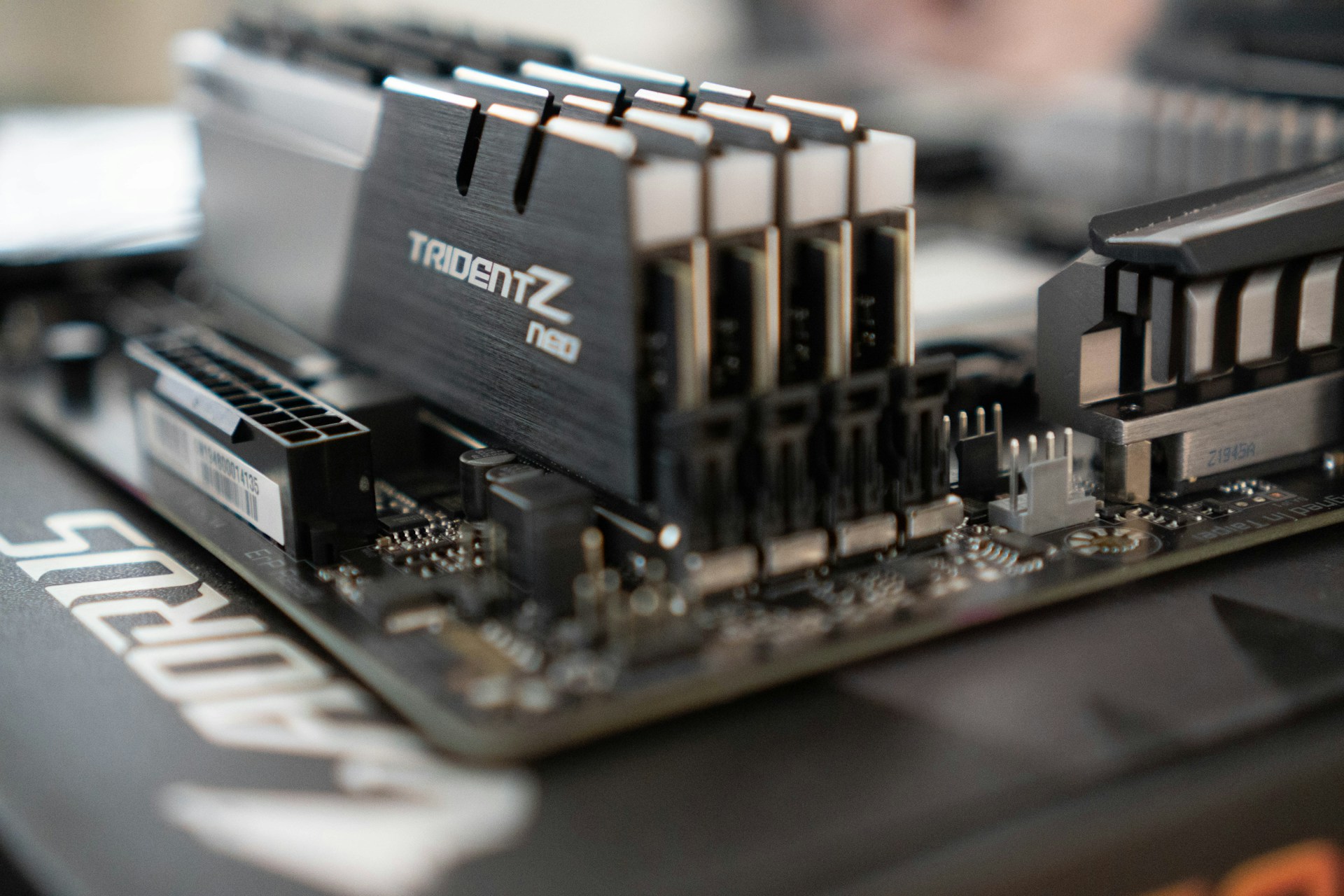The Chinese semiconductor industry has just taken a significant step toward technological self-sufficiency. Empyrean Technology, a company specializing in electronic design automation (EDA) software, has unveiled what is considered China’s first fully integrated national platform aimed at mass production of flash memory chips and DRAM.
This development, reported by outlets such as Ijiwei, STCN, ICsmart, and ITHome, marks a strategic advancement in an area traditionally dominated by American and European firms like Synopsys, Cadence, and Siemens, which hold over 70% of the global market.
The new Empyrean solution is designed as an all-in-one platform encompassing design, verification, and manufacturing, enabling Chinese companies to develop memory chips within a closed environment tailored to local needs.
The system addresses some of the main bottlenecks associated with traditional design methods, improving the reliability and success rate of tape-outs—the process of turning digital designs into physical prototypes ready for semiconductor fabrication.
For China, which has been pushing for independence in key technology sectors amid U.S. trade restrictions for years, this innovation represents not only a technical achievement but also a geopolitical move.
The announcement coincided with the release of Empyrean’s mid-2025 semiannual report. According to STCN data, the company recorded revenues of 502 million yuan (roughly €64 million) in the first half of the year, representing a 13.01% year-over-year growth.
However, profits did not keep pace. The net profit attributable to shareholders was only 3.06 million yuan, a drop of 91.9% compared to the same period in 2024.
This decline is attributed to a heavy investment in R&D. As ICsmart noted, Empyrean allocated 365.31 million yuan to research and development—about 72.84% of its revenues. While this strategy constrains short-term profits, it aims to establish a technological leadership in a highly competitive market.
Empyrean has also explored inorganic growth opportunities. The company had announced plans to acquire Xpeedic, another Chinese EDA firm, but the deal was canceled due to disagreements on key terms, according to ITHome.
This setback illustrates the challenges Chinese companies face in establishing a strong domestic market in a sector dominated by foreign giants.
Globally, the EDA software market has historically been a stronghold for the U.S. and Europe. In 2024, TrendForce data showed Synopsys controlling 31%, Cadence 30%, and Siemens 13% of the market.
Despite this concentration, China has made notable progress. Its self-sufficiency rate in EDA exceeded 10% in 2024, up from much lower levels in previous years. Companies like Empyrean and Primarius have grown rapidly, supported by government investments and the aim to reduce reliance on foreign technologies, especially amid ongoing trade tensions and export restrictions.
The development of domestic EDA tools is critically important. Chips cannot be manufactured without specialized software that designs everything from logical architectures to the physical layout of circuits on a wafer.
In the memory sector, the challenge is even greater: besides technical complexity, it’s a key area for the digital economy. DRAM and Flash memories are found in mobile devices, servers, automobiles, and AI systems.
By launching a comprehensive local solution, Empyrean contributes to reducing supply chain disruptions and increasing China’s technological autonomy in a sector vital for economic and military development.
Frequently Asked Questions
What is a full-process EDA platform?
It is a software solution that integrates all stages necessary for chip design, from initial conception through verification to preparing for manufacturing in semiconductor fabs.
Why is this launch important for China?
Because it reduces reliance on foreign software in critical areas like memory design, supporting China’s strategy of technological self-sufficiency.
Why did Empyrean’s profits fall despite revenue growth?
The company invested over 70% of its income into R&D, which compressed short-term margins but aims to secure a leadership position in the medium to long term.
Who currently dominates the global EDA software market?
It’s controlled mainly by U.S. and European companies: Synopsys (31%), Cadence (30%), and Siemens (13%), which together account for over 70% of the world market.
Source: TrendForce

